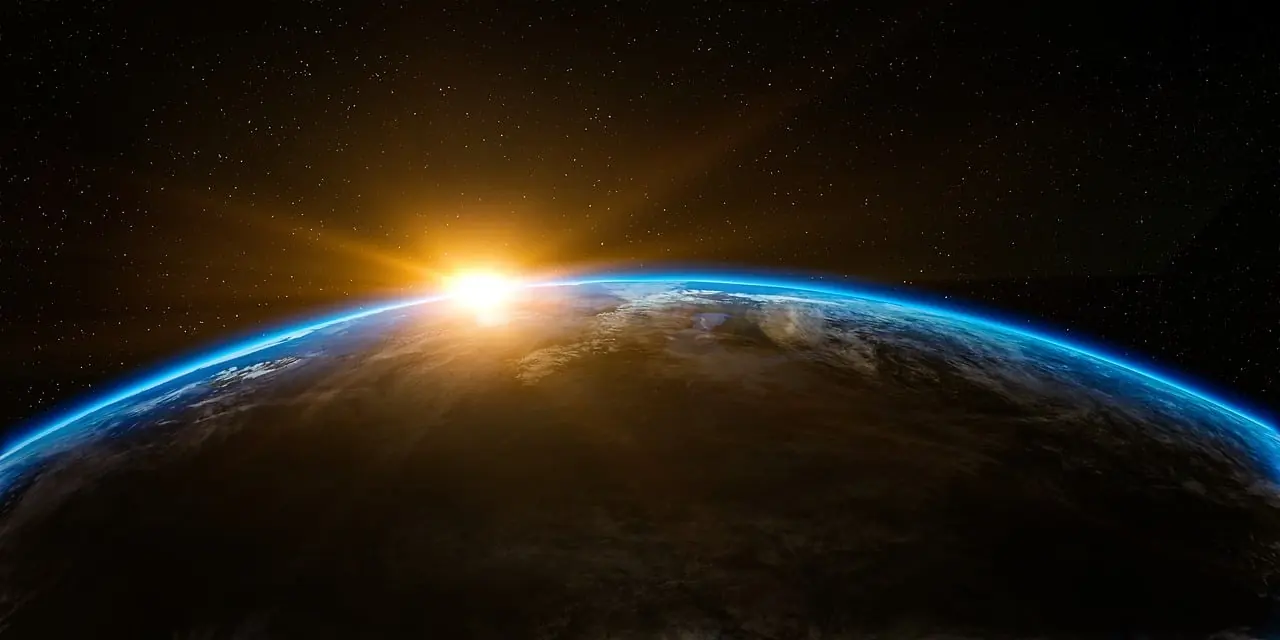
10 Interesting Space Facts You Might Not Know
Space is one of the greatest and most fascinating mysteries humanity faces. Despite decades of research and technological progress, we still understand only a small fraction of what’s happening beyond the edges of our planet. While most people know the basics about our solar system or galaxies, there are many lesser-known phenomena that are even more puzzling and often defy our everyday sense of reality.
Here are 10 strange but scientifically backed facts about space that reveal just how complex, extreme, and unpredictable our universe really is. Some sound like science fiction, but they’re grounded in real astrophysical research.
1. A Day on Venus Is Longer Than Its Year
Venus rotates incredibly slowly on its axis. One rotation (a Venusian day) takes about 243 Earth days. Yet a full orbit around the Sun (a Venusian year) only takes 225 days. That means you’d celebrate New Year’s on Venus before finishing a full day.
Even weirder? Venus rotates backwards compared to most planets. If you stood on its surface, you’d see the Sun rise in the west and set in the east. Venus is also the hottest planet in our solar system, reaching temperatures up to 863°F (462°C).
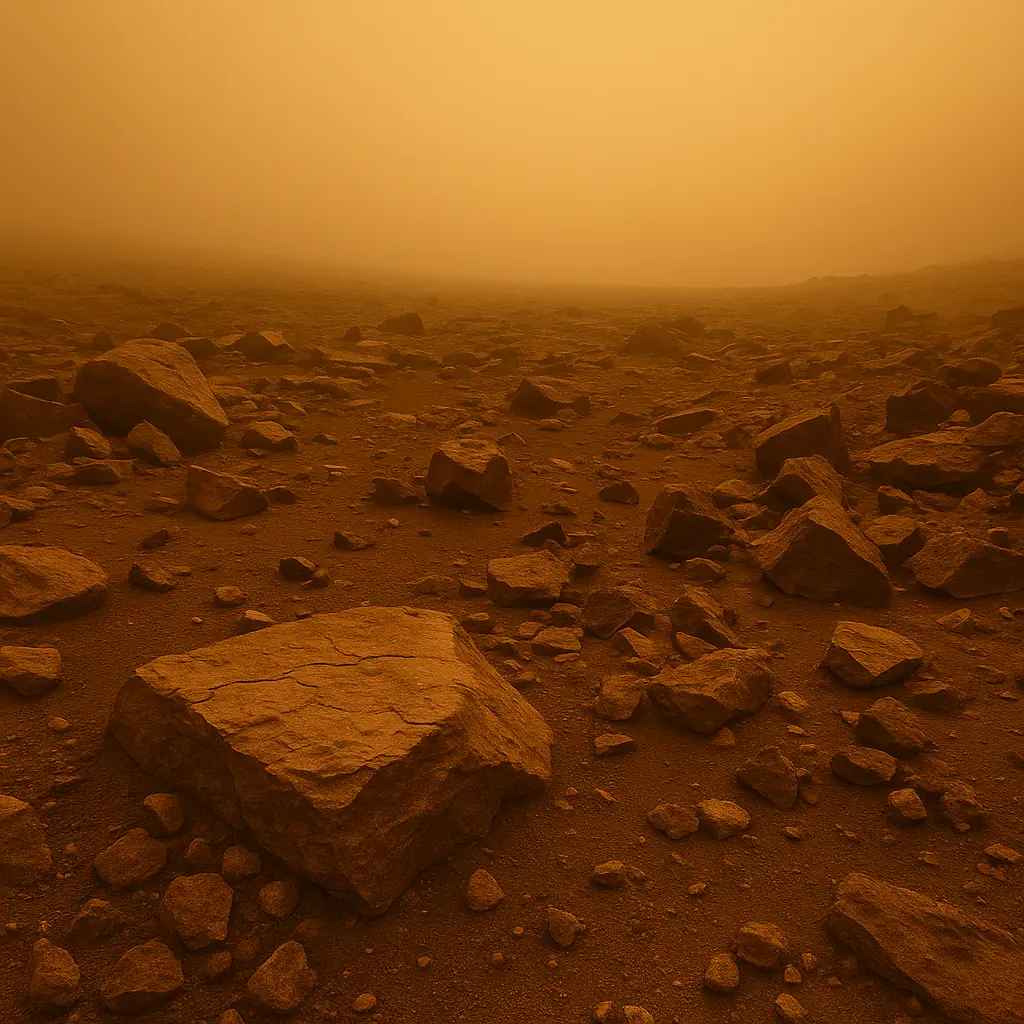
2. It Rains Diamonds on Uranus and Neptune
The atmospheres of Uranus and Neptune are so extreme due to immense pressure and heat, that carbon atoms can crystallize into diamonds, forming what scientists believe is diamond rain deep in their atmospheres.
This has been confirmed in laboratory conditions and matches current planetary models, although it hasn’t been directly observed yet.
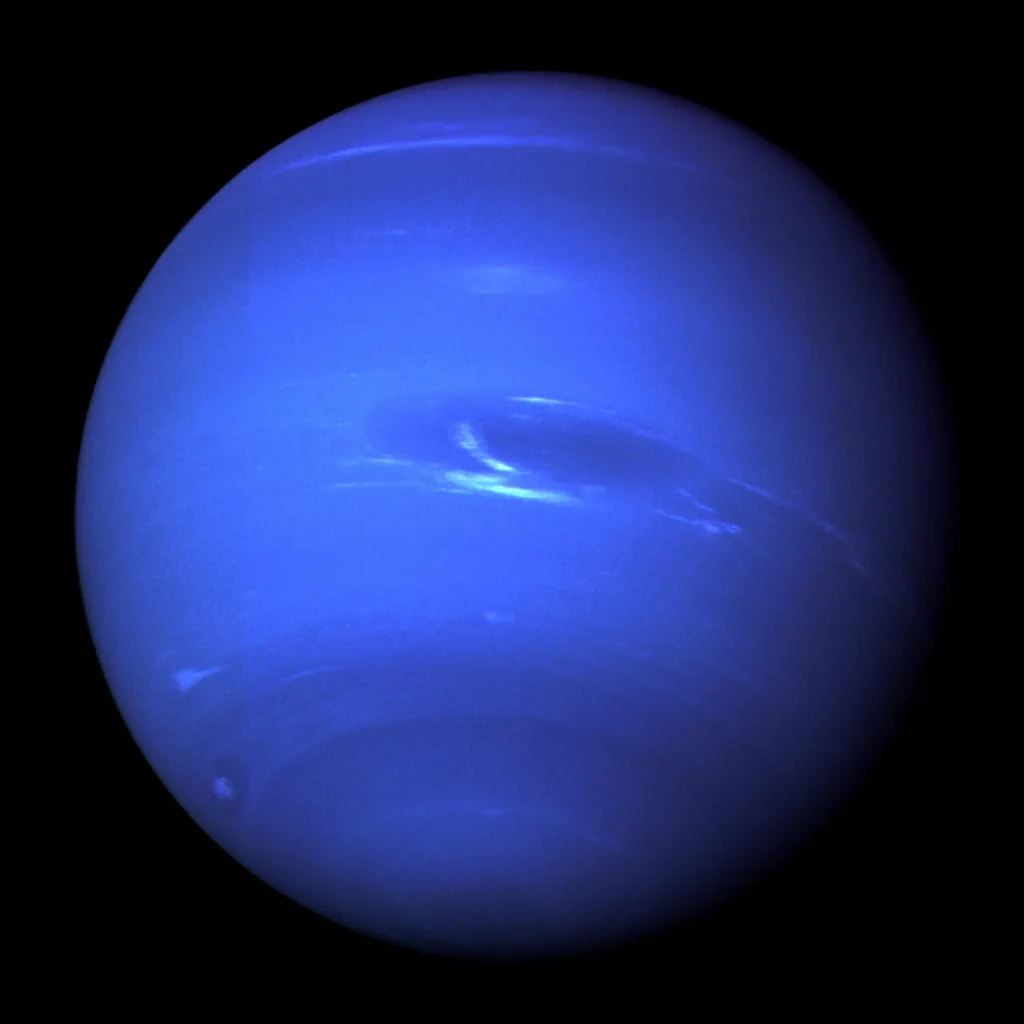
3. In Space, No One Can Hear You Scream
Sound needs a medium (like air, water, or metal) to travel. Since space is nearly a vacuum, there’s nothing to carry sound waves, so even if you screamed, no one would hear it.
Interestingly, this is actually a good thing. If sound could travel through space, we’d be overwhelmed by noise. Every planet, asteroid collision, solar flare, and supernova would produce deafening sounds, likely in the millions of decibels. Even the Sun would constantly rumble in deep frequencies across the cosmos.
4. The Largest Known Star
UY Scuti is currently considered the largest known star by volume. It’s about 1,700 times wider than the Sun, which means if you placed it at the center of our solar system, its surface would reach beyond Jupiter’s orbit.
Despite its size, it only has a few times the mass of the Sun because it’s a red supergiant, meaning it has very low density.
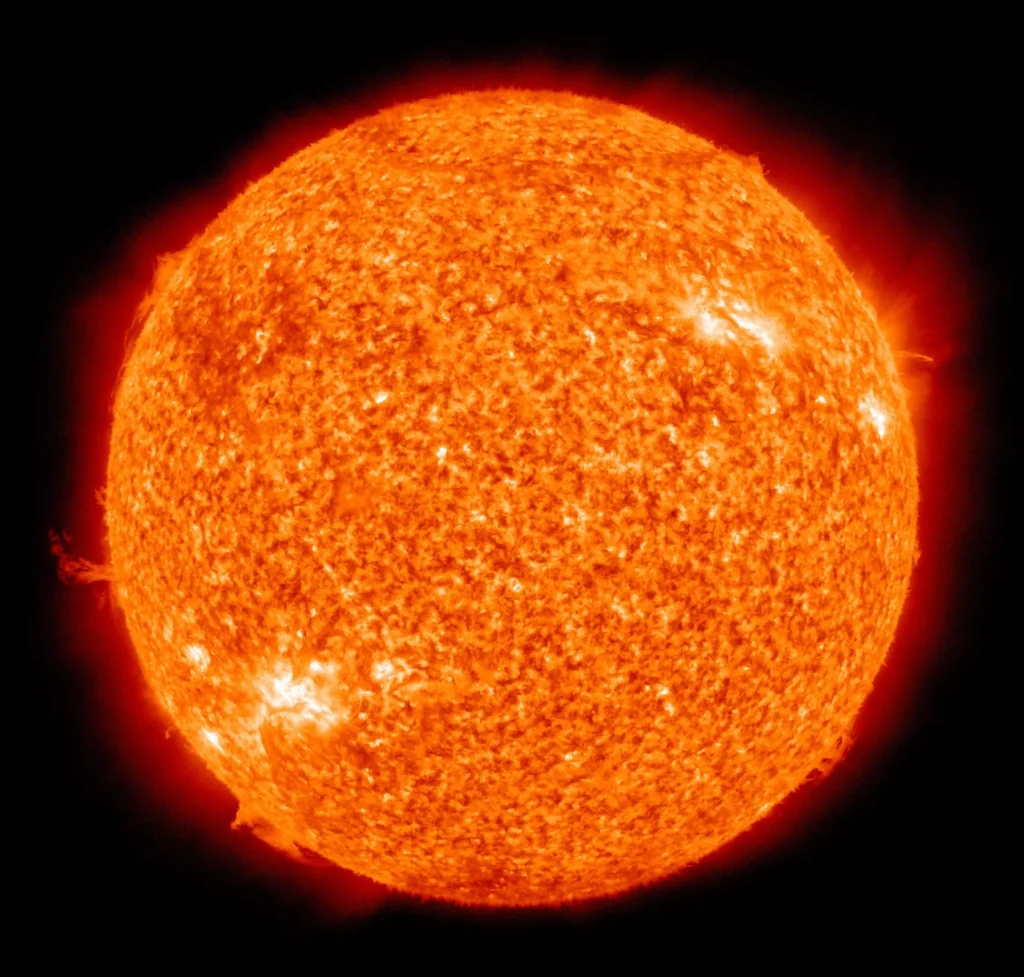
5. Space Smells Like Burnt Steak
Astronauts who return from spacewalks often report a strange smell on their suits similar to burnt meat, hot metal, or ozone. The smell likely comes from high-energy particles (such as atomic oxygen) reacting with the metals and fabrics of the suit. These particles cling to the surface and become detectable once exposed to air.
6. The Universe Has an Official Temperature
The cosmic microwave background (CMB) is the leftover radiation from the Big Bang. It’s uniformly spread across space and has a measured temperature of 2.725 Kelvin (about -454.8°F or -270.4°C). This “official” temperature of the universe is one of the strongest pieces of evidence for the Big Bang theory.
7. There Are Giant Voids in Space with No Galaxies
Known as cosmic voids, these are vast, empty regions between the “cosmic web” of galaxies and matter. Some of these voids span hundreds of millions of light-years.
Their existence shows that the universe isn’t evenly distributed. It has a dynamic, large-scale structure with clusters, filaments, and immense empty gaps.
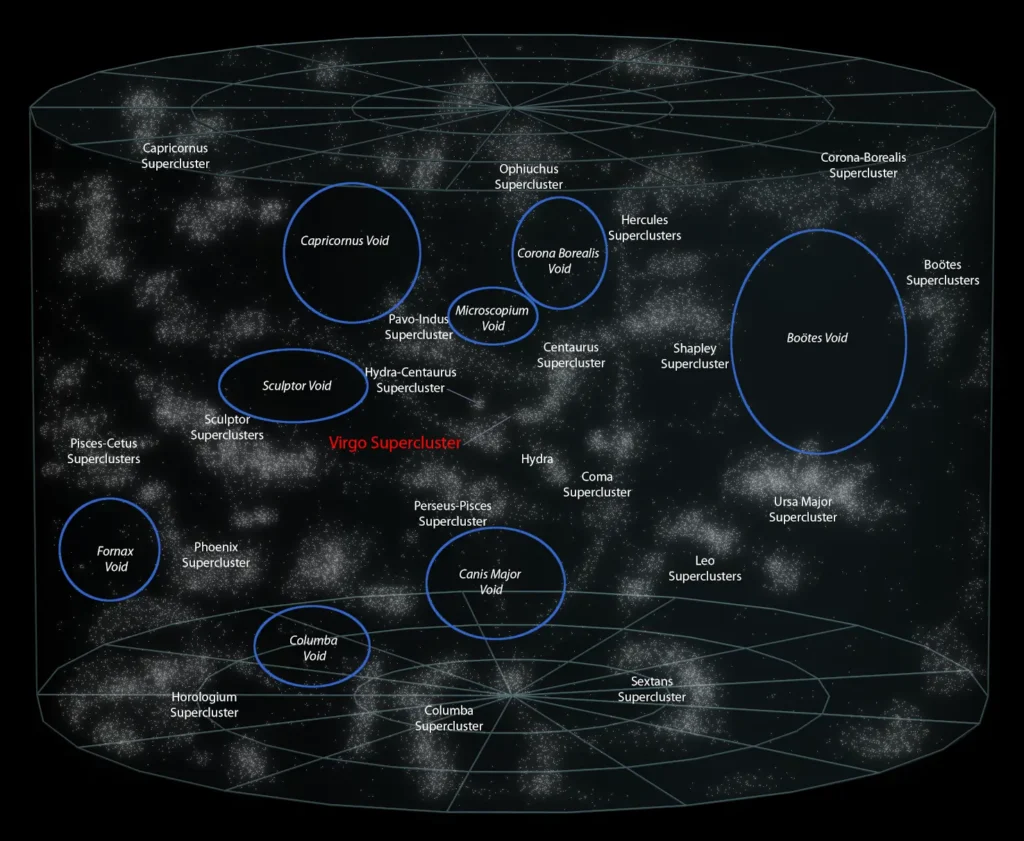
8. Mars Has Blue Sunsets
While Earth’s sunsets are red and orange, sunsets on Mars are blue. The thin Martian atmosphere is filled with fine dust that scatters blue light directly toward the observer, while red light scatters sideways.
The result? A soft blue glow at the center of the sunset, surrounded by a darker, reddish sky. NASA’s Curiosity rover has captured real images of this beautiful phenomenon.
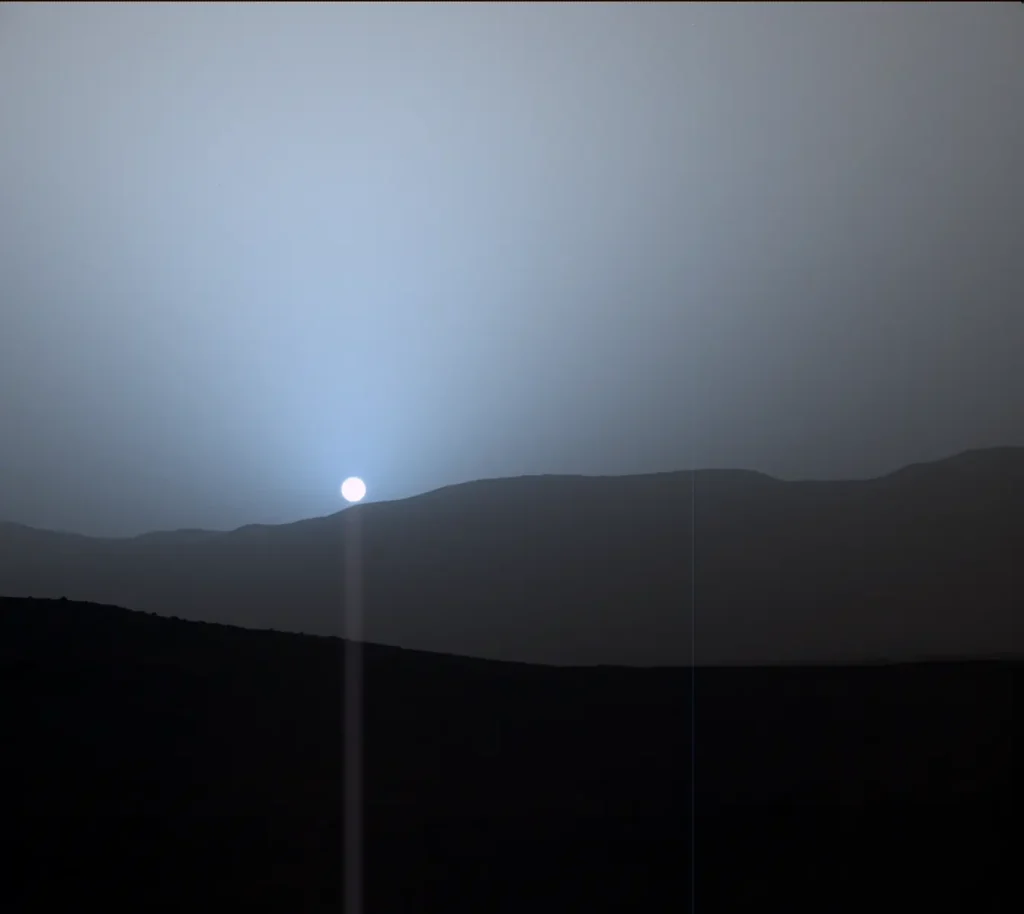
9. The Universe Is Made Mostly of Hydrogen and Helium
Roughly 98% of all visible matter in the universe is made up of just two elements:
- Hydrogen (H) – about 70%, and the fuel for stars
- Helium (He) – about 28%, produced in stellar cores
- All other elements (oxygen, carbon, nitrogen, etc.) make up just 1%
Everything we know: people, plants, planets is made from that tiny fraction.
10. Scientists Have Found Potentially Habitable Planets
In 2017, astronomers discovered TRAPPIST-1, a star system just 40 light-years away. It has seven planets, three of which (TRAPPIST-1e, f, and g) are in the habitable zone, meaning liquid water could exist. Another exciting case is K2-18b, about 120 light-years from Earth. In 2023, scientists possibly detected dimethyl sulfide (DMS) in its atmosphere. A gas produced on Earth only by living organisms like marine plankton.
However, the detection is not confirmed and could be due to other chemical processes or instrument errors. Also, K2-18b is likely a sub-Neptune gas planet with no solid surface. Still, these planets remain top candidates in the search for extraterrestrial life.
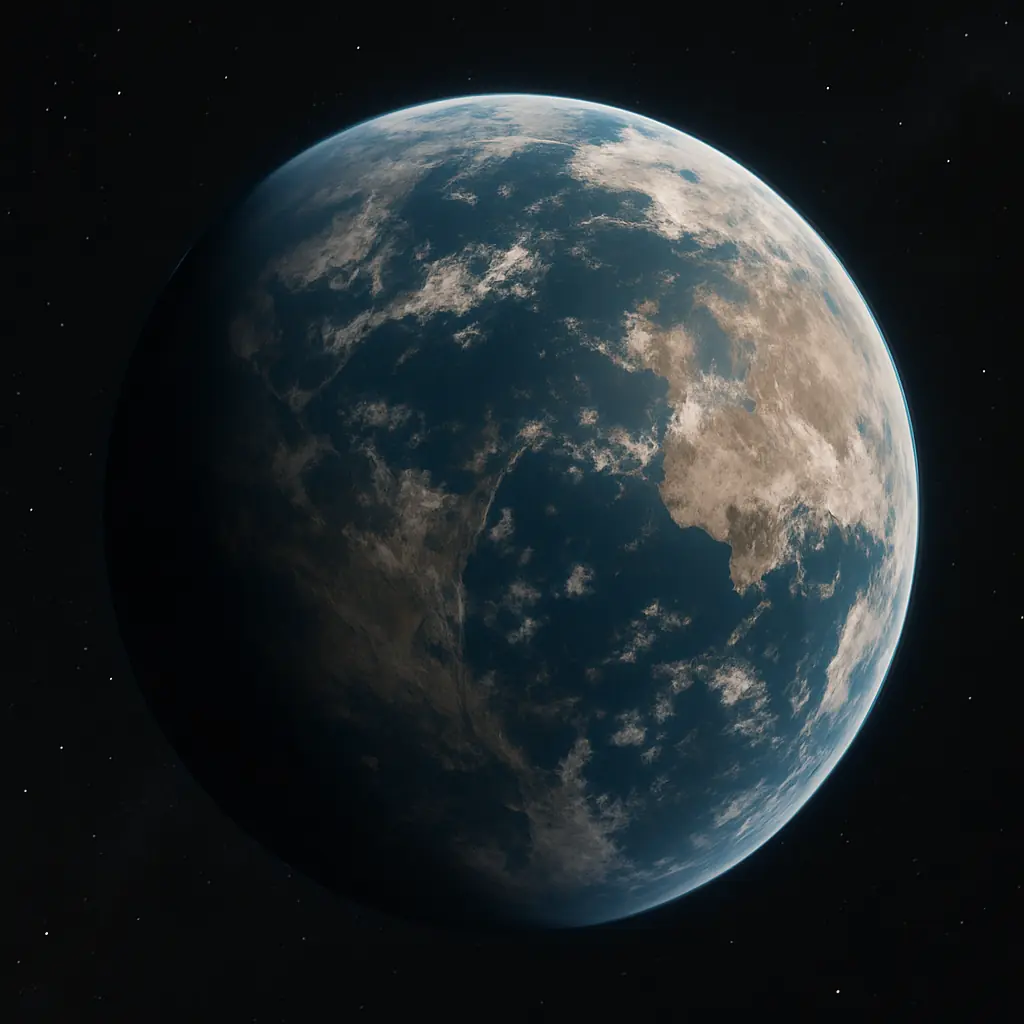
Space is full of wonders, from blue sunsets and century-long storms to planets that might host life. Every discovery expands our knowledge and raises more questions. The universe remains one of the greatest mysteries, and we’ve only just begun to explore it. If you’re curious about other amazing things in our world, check out our article on fascinating animal facts






